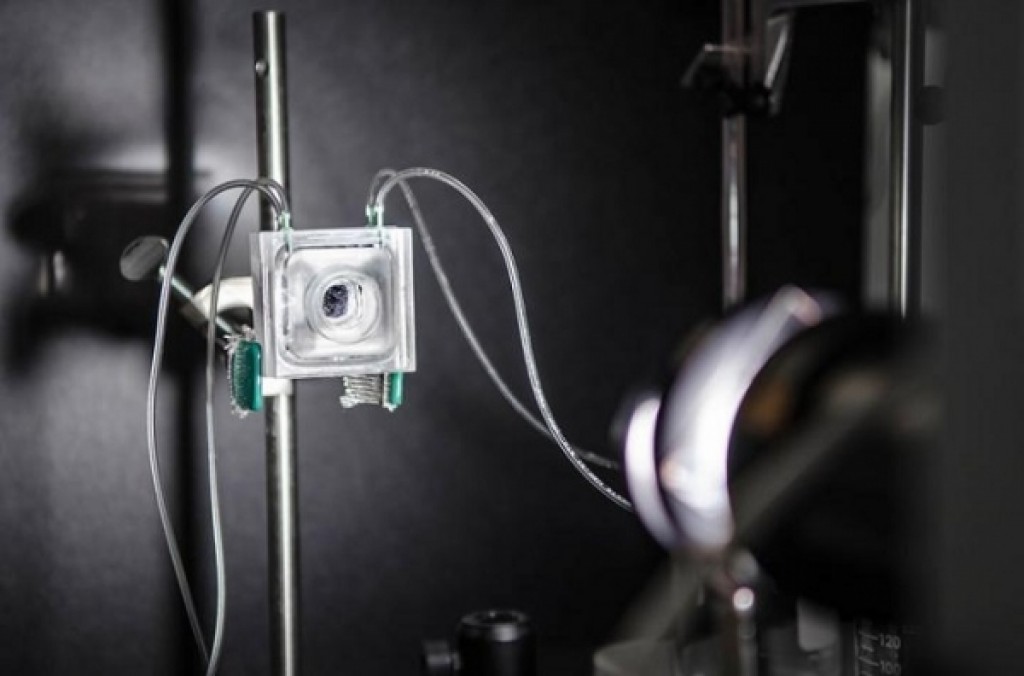RECOMMENDED VIDEOS

Energy Efficiency Services -- Motiva Services Ltd
Motiva Services Ltd

Q CELLS Q.ANTUM solar cell technology
Hanwha Q CELLS Malaysia Sdn Bhd

Three key technologies - the core of Alfa Laval
Alfa Laval

Siemens Malaysia : Energy Management and Maintenance
Siemens Malaysia Sdn Bhd

China Energy Saving Lamp Manufacturers & OEM LED light,…
Wuxi Nengchuang Tech Co., LTD
Related Stories
The City of London will be powered with 100% renewable energy by October 2018
The largest solar farm apiary in the US opens this week
New study suggests that plastic waste may be transformed into usable energy
Uravu’s zero-electricity Aqua Panels produce gallons of water from thin air
104% of Portugal’s electricity consumption in March came from renewable energy
02 Sep, 2015

Renewable Energy and Tech: Artificial Leaf Creates Hydrogen Fuels
Renewable Energy & Energy Efficiency | UNITED STATES | 02 Sep, 2015
Published by : Care 2 Trade
Article taken from: Nature World News
Having started in 2010 with the aim to create renewable energy using only sunlight, water, and carbon dioxide, the Joint Center for Artificial Photosynthesis (JCAP) and California Institute of Technology (CalTech) say they have done just that. The team developed a solar-driven system for creating hydrogen fuels, which is in the form of an artificial leaf and mimics photosynthesis, according to a release.
The artificial leaf consists of three main components: two electrodes (one photoanode and one photocathode) and a membrane. A photoanode uses sunlight to combine oxygen with water molecules -- this generates protons, electrons and oxygen gas. The photocathode puts together in a different way the protons and electrons to form hydrogen gas. The membrane is plastic, which is a key part of their design; it keeps the oxygen separate from the hydrogen, which could cause an explosion if combined.
"This accomplishment drew on the knowledge, insights and capabilities of JCAP, which illustrates what can be achieved in a Hub-scale effort by an integrated team," Atwater explained in a release. "The device reported here grew out of a multi-year, large-scale effort to define the design and materials components needed for an integrated solar fuels generator."
According to the release, their model prevents photoelectrodes from rusting. They were able to do this by adding a very thin layer of titanium dioxide, which can be found in white paint, toothpaste or sunscreen. Additionally, the researchers explained that a key advance was their use of an active and inexpensive catalyst for fuel production, since the photoanode requires a catalyst to drive the water-splitting reaction.
According to their study, the system they developed is approximately one square cm, and can convert 10 percent of the energy in sunlight into stored energy as a chemical fuel. It can operate for more than 40 hours continuously.
"This new system shatters all of the combined safety, performance, and stability records for artificial leaf technology by factors of 5 to 10 or more ," Lewis said. "Our work shows that it is indeed possible to produce fuels from sunlight safely and efficiently in an integrated system with inexpensive components. Of course, we still have work to do to extend the lifetime of the system and to develop methods for cost-effectively manufacturing full systems, both of which are in progress."
Their study was recently published in the journal Energy and Environmental Science.
